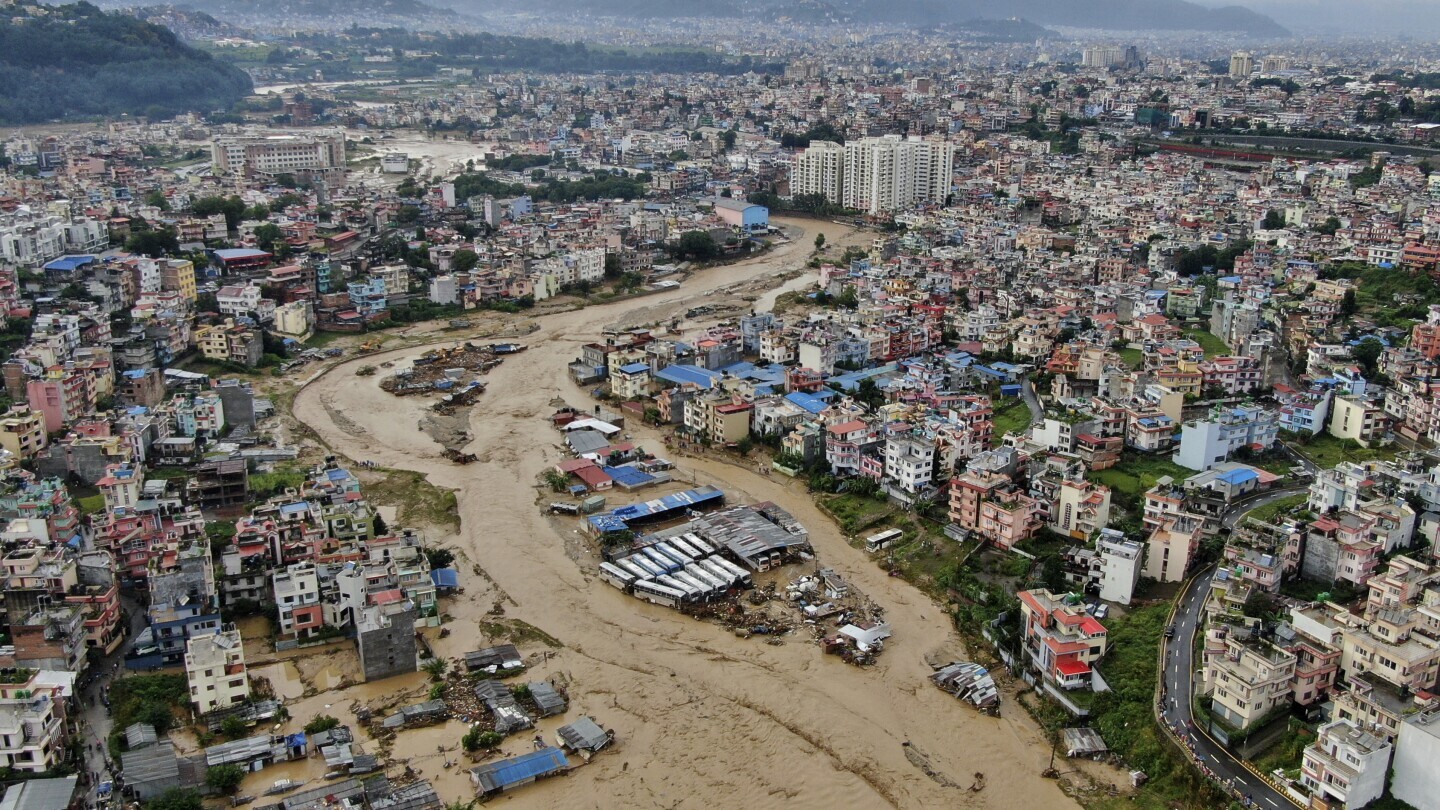Nepal is facing the devastating consequences of record floods that have claimed the lives of at least 246 people, including 32 children. The floods, which occurred in late September, displaced over 10,000 households, primarily in Kathmandu and nearby districts.
The heavy rainfall, recorded as the most intense in Kathmandu’s history, caused widespread damage to infrastructure, homes, and farmland. Rescue operations are still ongoing as authorities continue to search for the missing and help communities rebuild essential services.
The floods were triggered by torrential monsoon rains, with over 200 millimeters (8 inches) falling in a single day. The heavy rainfall caused landslides and rivers, including the major Saptakoshi River, to overflow, leading to severe flooding.

These river levels are the highest seen in over 50 years. The initial damage assessment indicates a cost of 13.4 billion rupees ($100 million), with significant damage to infrastructure, including more than 40 bridges and widespread destruction of farmland.
The agricultural sector was particularly hard hit, with nearly 95,000 hectares (235,000 acres) of farmland destroyed, impacting food security. Infrastructure damage extended to schools, with nearly 100 forced to shut down.
Additionally, 11 hydropower plants were heavily damaged, raising concerns about the country’s energy security, given Nepal’s reliance on hydropower. Experts like Manjeet Dhakal suggest that this crisis could push the country toward diversifying its energy sources to include other forms of renewable energy.
Despite Nepal’s low contribution to global greenhouse gas emissions (only 0.1%), it is one of the most vulnerable nations to climate change. The floods have disproportionately affected informal settlements along riverbanks, where many working-class families live.
These communities are often the hardest hit by climate-related disasters, losing their homes, livelihoods, and belongings. An estimated 1.9 million people in Nepal, about 7% of the population, are considered highly vulnerable to the impacts of climate change.
Experts are calling for immediate and long-term solutions to address the increasing frequency and intensity of such disasters. Manjeet Dhakal emphasizes the need for Nepal to invest in early warning systems, climate-resilient infrastructure, and better urban planning to mitigate future disasters.
Political will at both local and national levels is crucial for implementing these changes and ensuring long-term recovery from the devastating floods.


